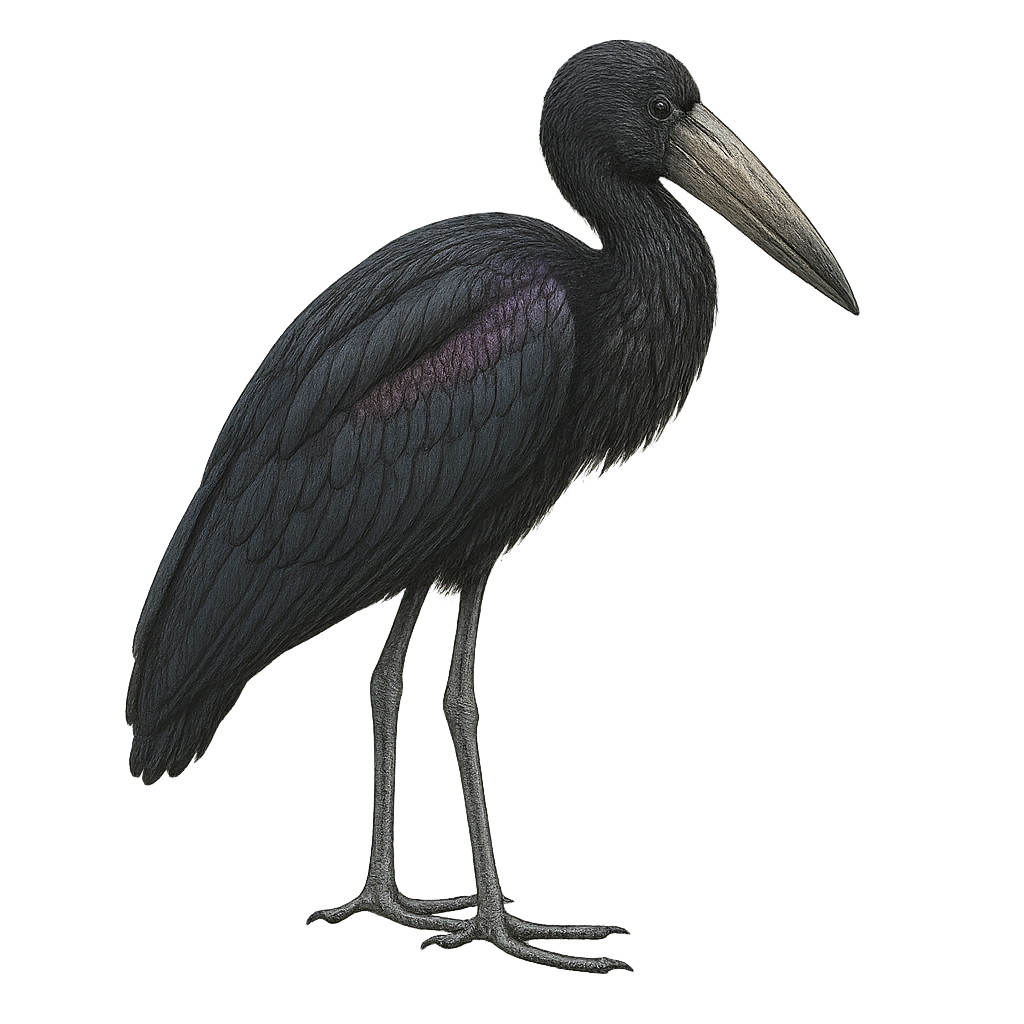Your wildlife photography guide.
Explore the african openbill in detail, study its behavior, prepare your shots.
Where to observe and photograph the african openbill in the wild
Learn where and when to spot the african openbill in the wild, how to identify the species based on distinctive features, and what natural environments it inhabits. The WildlifePhotographer app offers tailored photography tips that reflect the african openbill’s behavior, helping you capture better wildlife images. Explore the full species profile for key information including description, habitat, active periods, and approach techniques.
African Openbill
Scientific name: Anastomus lamelligerus

IUCN Status: Least Concern
Family: CICONIIDAE
Group: Birds
Sensitivity to human approach: Suspicious
Minimum approach distance: 10 m
Courtship display: December to January
Incubation: 28-30 jours
Hatchings: December to March
Habitat:
Marshes, rivers, lakes
Activity period :
Primarily active during the day, with peak activity in the morning and late afternoon.
Identification and description:
The African Openbill, or Anastomus lamelligerus, is a bird from the Ciconiidae family, predominantly found in sub-Saharan Africa. It is easily recognizable by its distinctive bill, slightly curved with a gap between the mandibles, perfect for catching snails, its primary food source. Its plumage is generally black with metallic sheens, and it has long legs adapted for walking in wetlands. It frequents marshes, rivers, and lakes, where it can be seen foraging. Although often solitary, it may gather in groups during the breeding season.
Recommended lens:
400 mm – adjust based on distance, desired framing (portrait or habitat), and approach conditions.
Photography tips:
To photograph the African Openbill, focus on wetland areas where it feeds. Use a telephoto lens of at least 400mm to capture details without disturbing the bird. Morning or late afternoon light is ideal for highlighting the metallic sheen of its plumage. Be patient and discreet, as this bird can be suspicious. A tripod can be useful for stabilizing your camera during long observation sessions.
From knowledge to field practice
A species profile helps you understand an animal. In the field, the challenge is often different. Remembering your own observations.
The WildlifePhotographer app allows you to:
• record your personal observations
• note locations, dates, and behaviors
• revisit your field references over time
• build a private and long-term field logbook
The app does not provide observation locations.
It helps you organize what you actually observe, with respect for wildlife.

